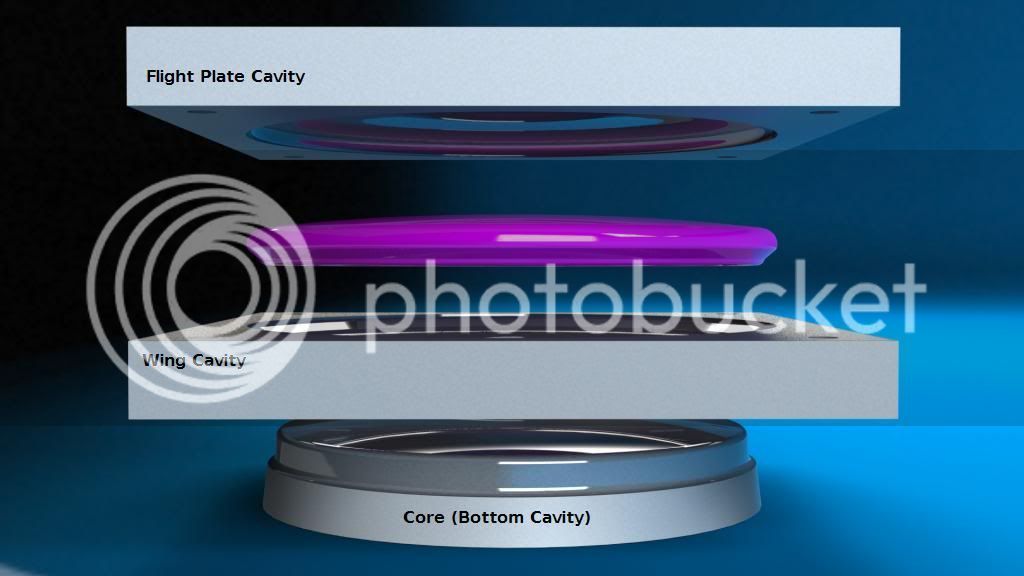Sorry about the delay in responding, been away at am worlds and having some non disc golf related summer fun.
I've made several posts in the past that references the labeling of our discs.
To clarify,,,,, the marking is more related to the surface hardness of the polymer as opposed to just flexibility.
All of our "S" putters ( besides the mediums) are likely to become more flexible with use without changing flight characteristics much,,,so an SS that seams like a soft will become a bit more flexible after just a few dozen rounds. Ive played disc golf since it was called frisbee golf ,(started back in the early 70's) and from my 35 plus years of experience its much better to have a disc break into what you want as opposed to becoming something you don't want after a few months. Buying a putter that is perfect out of the box that changes to something more flexible than you prefer is a planned obsolescence that would help a company sell you more discs.
Most people know very little about the plastics industry and expect us to label our discs ( specifically SS) the way Innova would, sorry that we dont label our discs according to how they label theirs. If innova had 4 versions of flex/hardness of their the putt and approach discs, I'm guessing you would see the same type of variation.
The thing is they don't have 4 flexes of p &a and no other company offers 4 PLUS flexes/hardness's in one model, yet alone in 4 different models of putter.
In the plastic world MOST plastics are much firmer than even our mediums would be. Trust me when I tell you that a medium wizards is about a 3 out of 10 on the scale of how hard plastics can actually be produced.
It certainly true that we have variations in runs ( and theres always human error that can factor in),, all companies have variations in runs and will continue to do so for many years to come.
We try our best to be consistent in our labeling but there's always a run or so every once in a while that just falls in between.
These runs will typically get marked more softer as we know they will still become more flexible with use, never the other way around.


